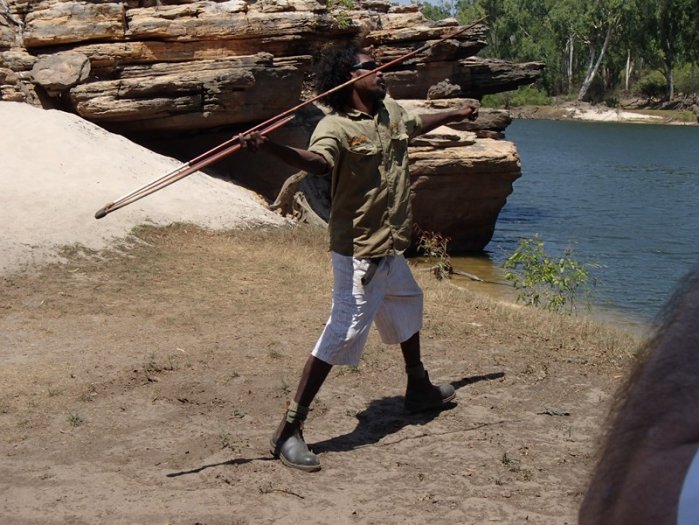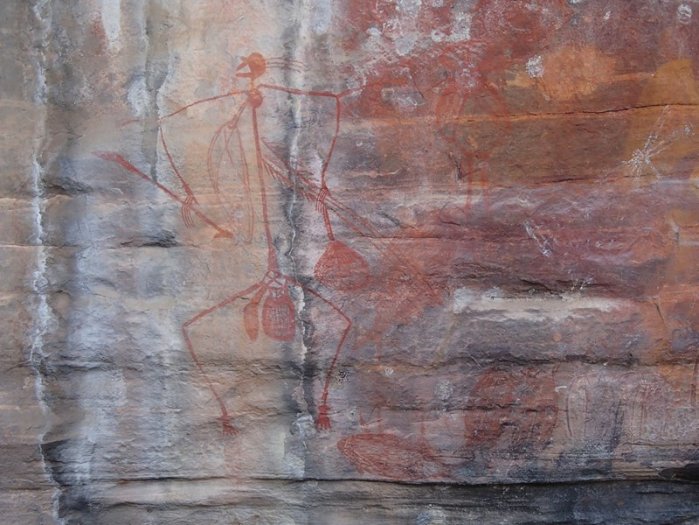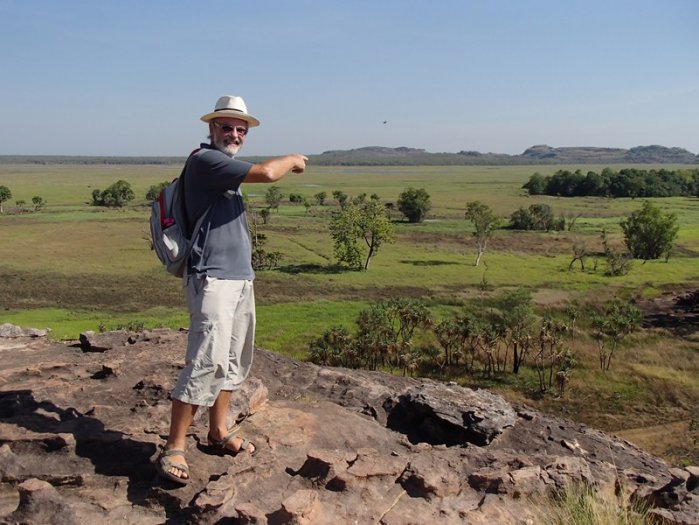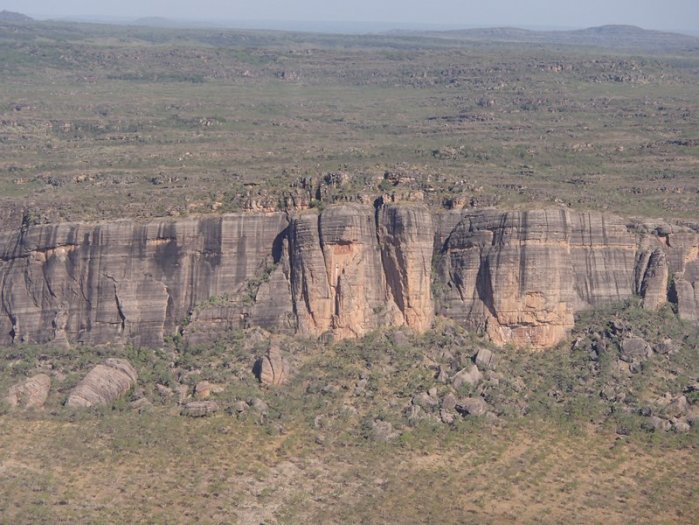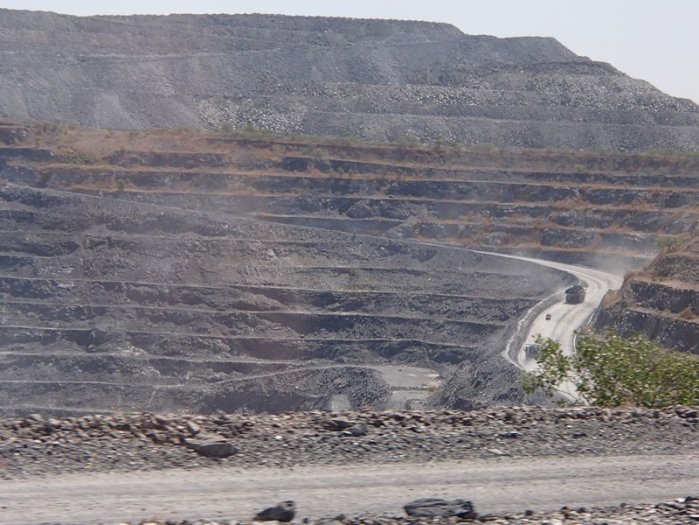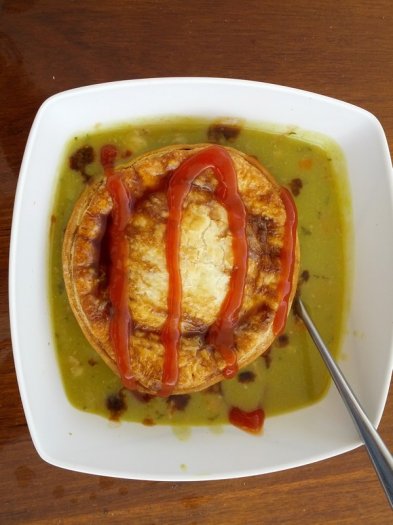We have just returned from a two day visit to
Kakadu National Park. The park is 20,000 square kilometres of land
(the size of Slovenia) just two hours drive from Darwin. It is owned by
aboriginals and leased back to the government for use as a national park
and, in certain pockets of land, for uranium mining. The park is adjacent
to Arnhem Land, which is a huge (100,000 square kilometre) aboriginal owned
region of the Northern Territories. There is some contention over the
future mining of uranium sites in the park and the aboriginals have
shrewdly had Kakadu designated as a UNESCO World Heritage site to make sure the
situation will be carefully monitored.
Kakadu is an ancient wetland area that was
devastated by the introduction of non-native species (particularly water
buffalo, feral pigs, cane toads and mimosa) and by indiscriminate hunting
(particularly of crocodiles) but it is gradually recovering due to the measures
being taken to control the invasive flora and fauna and protect the
endangered species.
In the two days we were there our tour guide
managed to pack in visits to a couple of rock art sites (Nourlangie and Ubirr),
two boat tours (on the Yellow Water billabong and East Alligator river), a
scenic flight over the park and over neighboring Arnhem Land, plus a view of the
uranium mine. We were lucky enough to see many of the different species of
animals that inhabit Kakadu and scores of saltwater crocodiles in their natural
habitat.
While Andrea and I were away the crew cleaned
Anastasia and made themselves pie floaters (apparently this is a traditional
Aussie dish).



